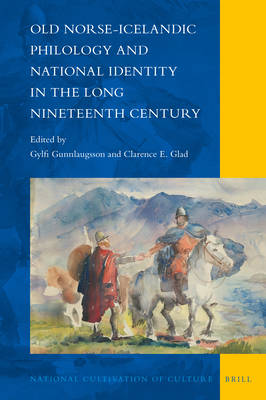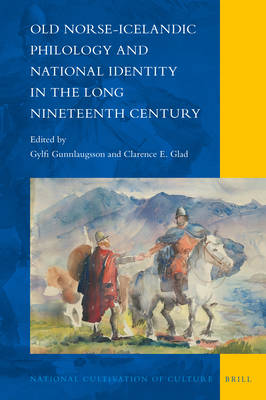
- Afhalen na 1 uur in een winkel met voorraad
- Gratis thuislevering in België vanaf € 30
- Ruim aanbod met 7 miljoen producten
- Afhalen na 1 uur in een winkel met voorraad
- Gratis thuislevering in België vanaf € 30
- Ruim aanbod met 7 miljoen producten
Zoeken
Old Norse-Icelandic Philology and National Identity in the Long Nineteenth Century
€ 213,45
+ 426 punten
Omschrijving
For centuries, the literary heritage preserved in Icelandic medieval manuscripts has played a vital role in the self-image of the Icelandic nation. From the late eighteenth century, Icelandic scholars had better opportunities than previously to study and publish this material on their own terms. Throughout the long nineteenth century they were intensely engaged in philological work on it. This coincided with an increasing awareness among Icelanders of a separate nationality and their growing demand for autonomy. What was the connection between the two developments? This literature was also important for the shaping of identities among other Northern European nations. The twelve chapters of this collection explore the interplay between various national discourses that characterized the scholarly reception of this heritage during the period.
Contributors are: Alderik H. Blom, Clarence E. Glad, Matthew James Driscoll, Gylfi Gunnlaugsson, Simon Halink, Hjalti Snær Ægisson, Jon Gunnar Jørgensen, Annette Lassen, and Ragnheiður Mósesdóttir.
Contributors are: Alderik H. Blom, Clarence E. Glad, Matthew James Driscoll, Gylfi Gunnlaugsson, Simon Halink, Hjalti Snær Ægisson, Jon Gunnar Jørgensen, Annette Lassen, and Ragnheiður Mósesdóttir.
Specificaties
Betrokkenen
- Uitgeverij:
Inhoud
- Aantal bladzijden:
- 488
- Taal:
- Engels
- Reeks:
- Reeksnummer:
- nr. 28
Eigenschappen
- Productcode (EAN):
- 9789004499652
- Verschijningsdatum:
- 4/11/2021
- Uitvoering:
- Hardcover
- Formaat:
- Genaaid
- Afmetingen:
- 155 mm x 234 mm
- Gewicht:
- 852 g

Alleen bij Standaard Boekhandel
+ 426 punten op je klantenkaart van Standaard Boekhandel
Beoordelingen
We publiceren alleen reviews die voldoen aan de voorwaarden voor reviews. Bekijk onze voorwaarden voor reviews.







